Project Page - Template
During my time at Herbert Systems (April ’14 – Jan ’16) part of my role was to develop and improve the current designs for modules as well as create new ones for specific customer needs.
Project Page - Template
The Line-up









Serial Divest
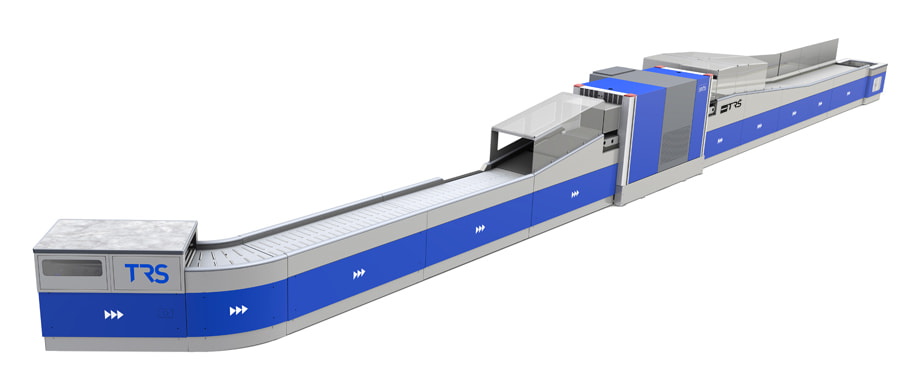
Parallel Divest
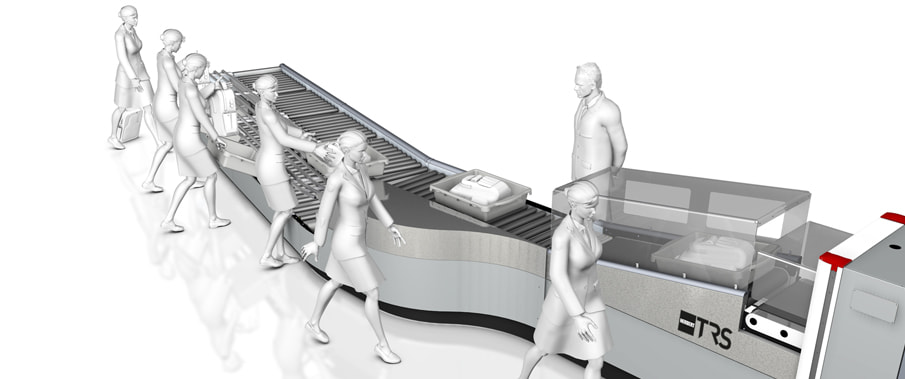
PDM Module
The bars used on this module were originally quite difficult to fabricate due to being cut by hand, similarly to the MTR module I designed the parts to be laser cut with location holes allowing parts to fit into each other to improve fabrication accuracy.
I also improved the overall aesthetics of the design by adding vanity panels and flexibly connections using cage nuts to help keep the wear pads flat throughout the lifecycle of the design. The service engineer access panels have also been improved through the use of gas struts to hold them open and well as heavy duty locking handle to open and close the panels.
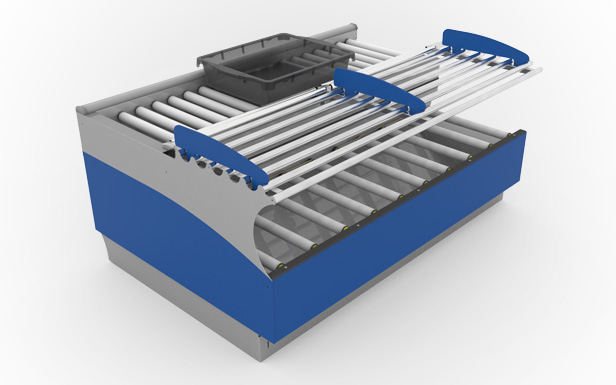

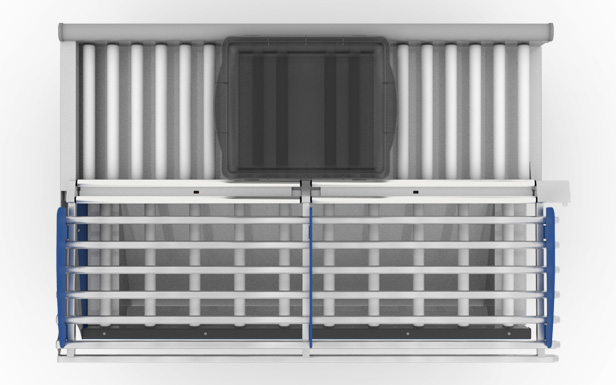

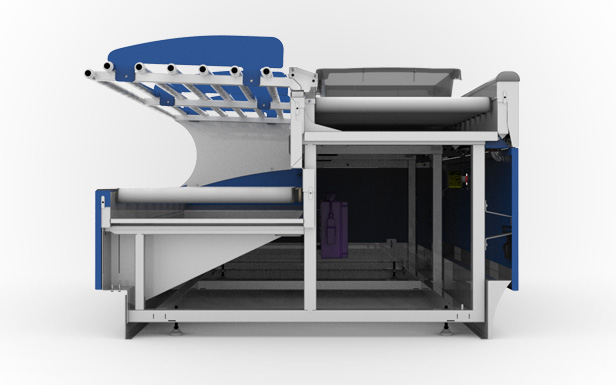





PDM Module
The bars used on this module were originally quite difficult to fabricate due to being cut by hand, similarly to the MTR module I designed the parts to be laser cut with location holes allowing parts to fit into each other to improve fabrication accuracy.
I also improved the overall aesthetics of the design by adding vanity panels and flexibly connections using cage nuts to help keep the wear pads flat throughout the lifecycle of the design. The service engineer access panels have also been improved through the use of gas struts to hold them open and well as heavy duty locking handle to open and close the panels.
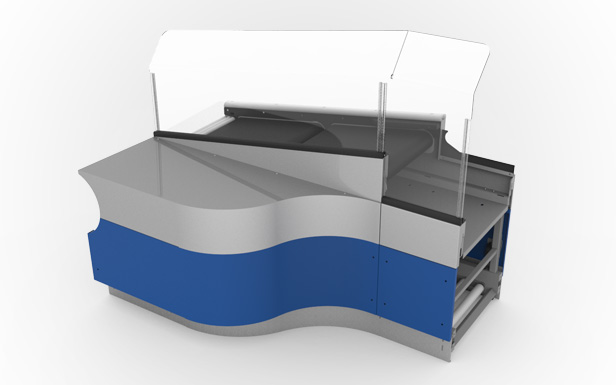
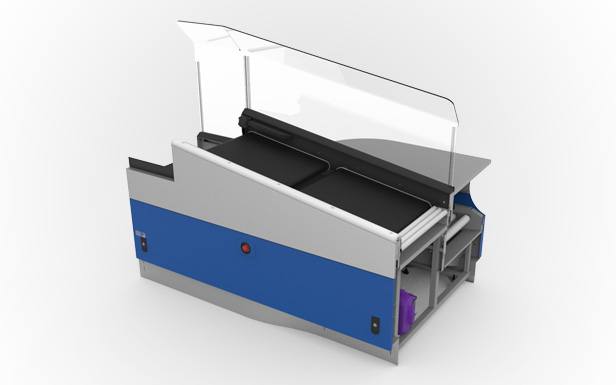

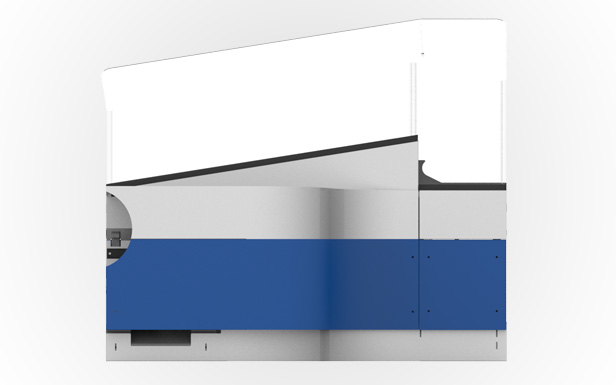

MTR Module
I worked on this module to improve the design for manufacture by simplifying the construction of the curved area, and improving the design of the frame using laser cut box tube, with incorporated slots and tab for fabrication.
I also increased the efficiency of the module by incorporating tray guides to prevent trays getting stuck on the return track.
The redesign of the curved panel provided the opportunity to break in down to separate panels allowing the flat section to be removable to aid with on site service engineer access.





MTR Module
I worked on this module to improve the design for manufacture by simplifying the construction of the curved area, and improving the design of the frame using laser cut box tube, with incorporated slots and tab for fabrication.
I also increased the efficiency of the module by incorporating tray guides to prevent trays getting stuck on the return track.
The redesign of the curved panel provided the opportunity to break in down to separate panels allowing the flat section to be removable to aid with on site service engineer access.
Search Bench Module
The design incorporates a heavy duty due monitor riser, that shows the images from the A-Ray to reduce the time needed for searching through bags.
The top has a RFID scanner and raised locator bars which help the operator to quickly place the tray that will in turn automatically bring up the relevant X-Ray image for that tray.
The design is fully modular with easily removable and replaceable interior parts allowing for cable routing and optional internal shelving our computer mounting depending on the requirements.
All materials used are fire retardant and very hard wearing, including the melamine tops, powder coated panels and PE UHMW internal cover panels.

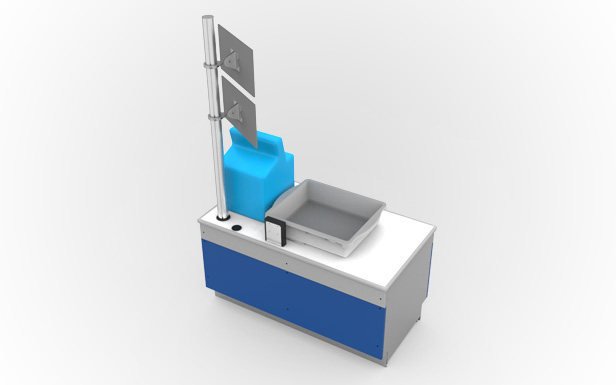
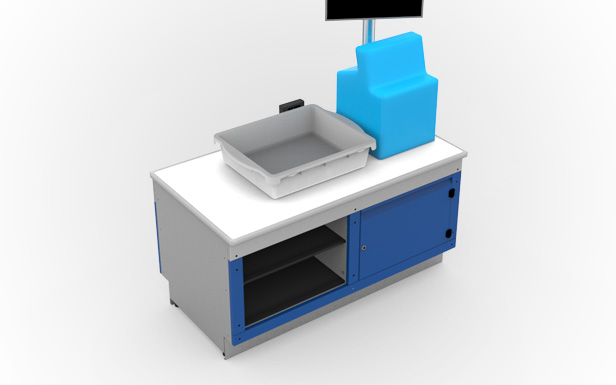

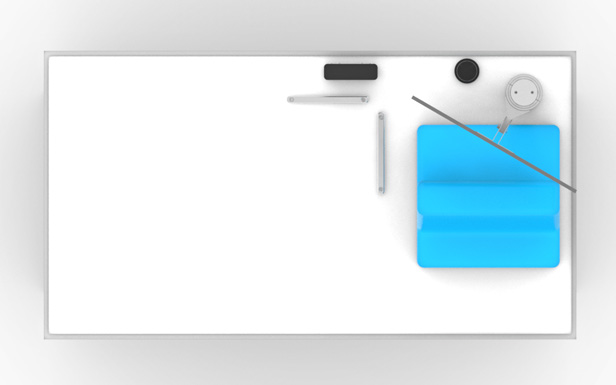





Search Bench Module
The design incorporates a heavy duty due monitor riser, that shows the images from the A-Ray to reduce the time needed for searching through bags.
The top has a RFID scanner and raised locator bars which help the operator to quickly place the tray that will in turn automatically bring up the relevant X-Ray image for that tray.
The design is fully modular with easily removable and replaceable interior parts allowing for cable routing and optional internal shelving our computer mounting depending on the requirements.
All materials used are fire retardant and very hard wearing, including the melamine tops, powder coated panels and PE UHMW internal cover panels.






















